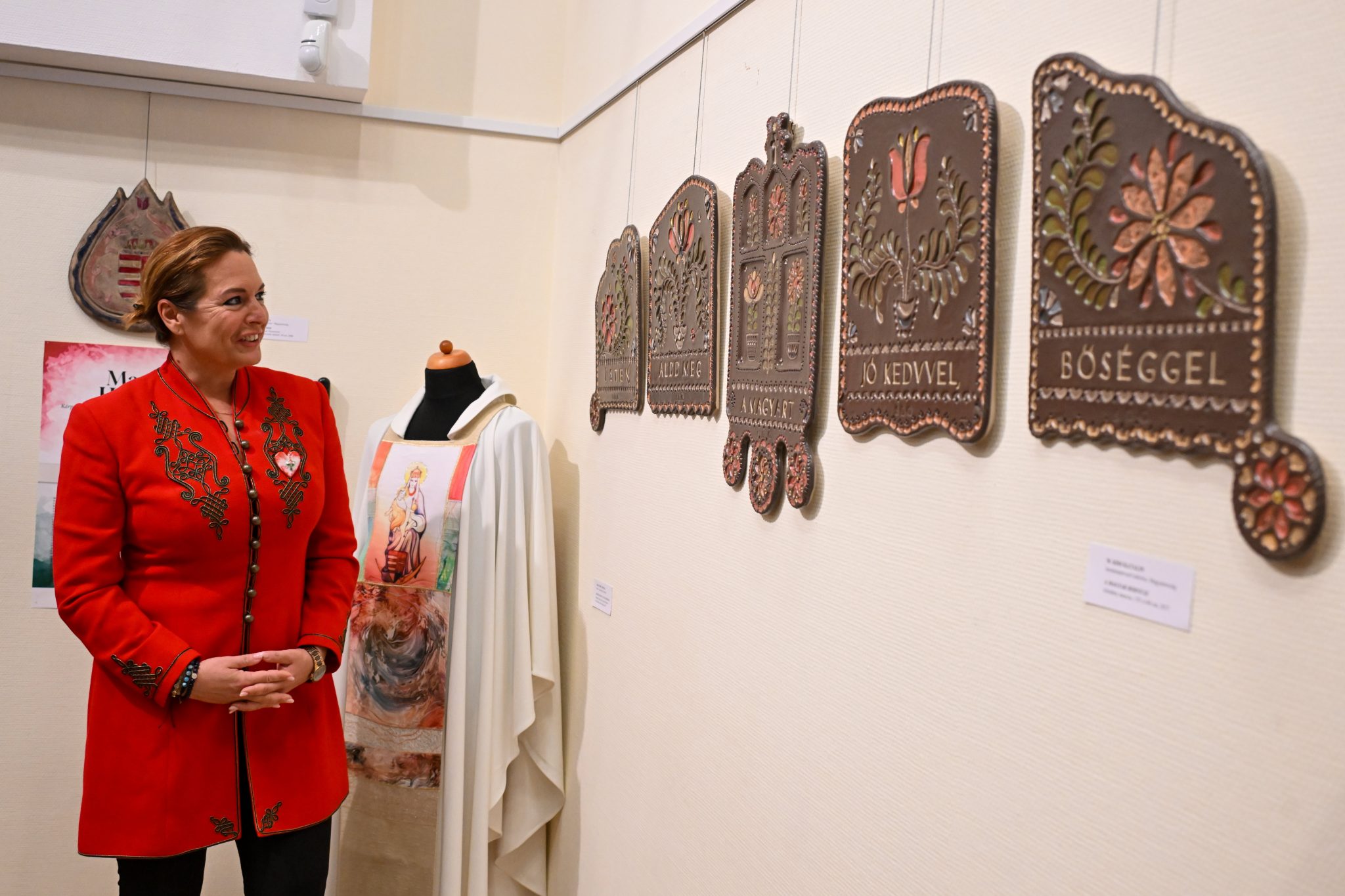On January 22, 1823, he wrote his poem "Hymn - From the stormy centuries of the Hungarian nation."Continue reading

Christian artistic creation in the Carpathian Basin will be the focus of the exhibition at the Judit Józsa Gallery between the 8th of October and the 30th of November. In addition to the open call for submissions, the exhibition features works by 84 artists from the Carpathian Basin and Hungary, demonstrating the power of national unity through contemporary Hungarian art.
In their Facebook post, the gallery emphasizes the main motto of the exhibition as follows: “Our National Prayer is the embodiment of Hungarian national identity, community memory, patriotism, heroism, self-sacrifice, and the power of togetherness. What is the message of the Hungarian national anthem in 2023 through the works of contemporary Christian artists from the Carpathian Basin?”
Clarifying the above mentioned, Eszter Vitályos, Parliamentary State Secretary of the Ministry of Culture and Innovation, recalled that the Hungarian national anthem was sung for the first time on August 10, 1844, at the Óbuda Shipyard, when the steamship Széchenyi was launched. In 1949, Mátyás Rákosi (Communist leader) asked Gyula Illyés, Hungarian writer and poet, to write a new anthem, and Zoltán Kodály to compose the music for it. Illyés did not comply with the request, nor did Kodály. Eventually, the Rákosi family played only the music of the national anthem, and later, at state events and school celebrations, the national anthem was usually played only together with the Soviet anthem and the International anthem.
The state secretary noted that even today some artists would advocate replacing the anthem, labeling it as “outdated.” In her opinion, this is a continuation of the Rákosi idea, only in an “apparently modern garb.” The legislature declared the poem “Hymn” by Ferenc Kölcsey, which had not been officially recognized as the anthem of the Hungarian state since 1848, as the anthem of the Republic of Hungary with the music of Ferenc Erkel used since October 23, 1989. The text was also included in the constitution until December 31, 2011, and on January 1, 2012, the new Hungarian Fundamental Law came into force, the first part of which, entitled National Creed, begins with the first line of the anthem: “God bless the Hungarians.”
Referring to the findings of psychologists and literary scholars, Vitályos explained that the “most important ritual action associated with the hymn is memorization, i.e. “internalization.” Knowledge of the text becomes a kind of cultural marker of belonging to a community. The anthem is, in fact, a fate-defining chasm,” said the Secretary of State.

Judi Józsa (R) during her speech. Photo: Facebook/Judit Józsa
Judit Józsa, a ceramic sculptor and art historian, stressed in her speech that in order to think of a united nation, it is essential to learn about the specific richness of the different national regions so that “we can get a complete picture of Hungarian culture, because only in this way can our Hungarian future be successful.” In the past 70 years, outstanding works of art have been created in the regions beyond the borders, but Hungarian art history has discovered too little of them, she said, pointing out that the exhibition is a valuable contribution to Hungarian art history.
Via Ungarn Heute, Featured photo via MTI/Tibor Illyés